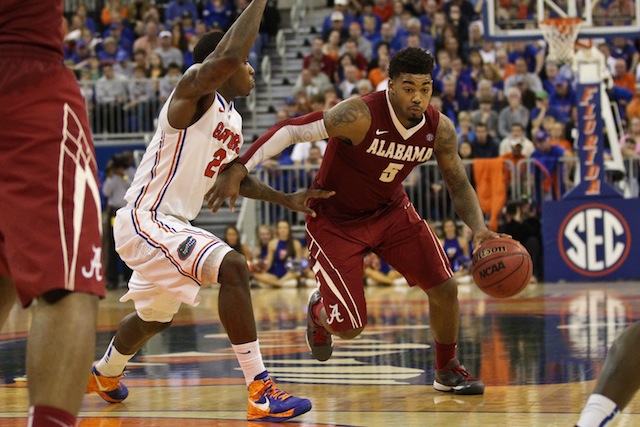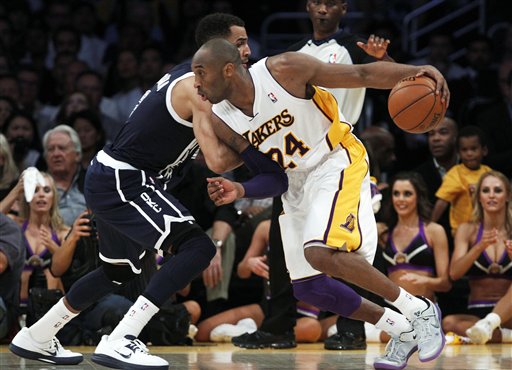
Counter Basketball Plays for Common Defenses: Exploiting the Other Team’s Defense
In basketball, every defense presents unique challenges, and understanding how to counter them is essential for maintaining offensive flow and efficiency. Teams that can quickly identify defensive schemes and adjust with effective counter plays are better equipped to exploit mismatches, break down defenses, and score efficiently.
This basketball article will provide detailed counter plays for common defenses, including man-to-man, zone, full-court press, and trap defenses.

Understanding Common Defensive Schemes in Basketball
1. Man-to-Man Defense
In this scheme, each defender is assigned to guard a specific player on the opposing team. Man-to-man defense focuses on individual matchups and requires defenders to stay disciplined, communicate, and provide help defense when needed.
Objective: Exploit mismatches and create opportunities through screens, cuts, and isolations.
2. Zone Defense
In zone defenses, defenders are responsible for covering specific areas of the court rather than individual basketball players. Common zone schemes include 2-3, 3-2, and 1-3-1 formations. Zone defenses aim to protect the paint, clog passing lanes, and force perimeter shots.
Objective: Move the ball quickly to find gaps in the zone and create open shots or scoring opportunities.
3. Full-Court Press
A defensive strategy where defenders apply pressure across the entire court, often designed to force turnovers and disrupt the opponent’s offense before they can set up. The full-court press can be particularly effective against teams with weaker ball-handling.
Objective: Break the press using quick passes and spacing to avoid turnovers and advance the ball.
4. Trap Defense
In a trap defense, defenders double-team the ball handler at specific locations on the court, such as near the sideline or in the corners. The goal is to force the ball handler into making mistakes, such as bad passes or turnovers.
Objective: Quickly pass out of the trap and find open teammates to capitalize on defensive over commitment.
Counter Basketball Plays for Common Defenses
1. Countering Man-to-Man Defense
a. Pick-and-Roll
One of the most effective plays against man-to-man defense is the pick-and-roll, designed to force defenders into difficult decisions.
Setup:
- Two players are positioned at the top of the key.
- Two players are positioned in the corners, and one player is in the low post.
Execution:
- The ball handler at the top of the key sets up the play by calling for a screen from a nearby teammate.
- The screener sets a pick on the defender guarding the ball handler.
- The ball handler uses the pick to drive toward the basket while the screener “rolls” toward the basket.
- The ball handler reads the defense and either passes to the rolling teammate, takes a shot, or kicks out to an open shooter.
Tip: Ensure the screen is set firmly, and the ball handler reads the defense for the best option—whether to pass, shoot, or drive.
b. Off-Ball Screens
Off-ball screens are an effective way to free up shooters or create driving lanes against man-to-man defense.
Setup:
- Three players are positioned on the perimeter.
- One player is positioned in the low post, and one player is the ball handler.
Execution:
- The ball handler passes to one of the perimeter players.
- While the ball is moving, off-ball screens are set by perimeter and post players to free up a shooter or cutter.
- The ball handler uses these screens to either pass to the open shooter or drive to the basket.
Tip: Timing and communication are crucial. Screens should be set quickly, and shooters should move without the ball to get open.

2. Countering Zone Defense
a. High-Low Action
The high-low action is a classic method of breaking down zone defenses, especially the 2-3 zone.
Setup:
- Two players are positioned at the top of the key.
- Two players are positioned in the corners.
- One player is positioned at the high post, near the free-throw line.
Execution:
- The ball is passed around the perimeter to shift the zone defense.
- The high post player flashes to the free-throw line to receive the ball.
- The high post player immediately looks for the low post player cutting toward the basket.
- If the low post is defended, the high post player can kick the ball out to a shooter in the corner.
Tip: Move the ball quickly to force the zone to rotate, and ensure the high post player has good court vision to make a quick decision.
b. Zone Buster
The zone buster play is designed to create open shots by moving the ball quickly and exploiting gaps in the zone.
Setup:
- Three players are positioned around the perimeter.
- One player is positioned in the high post, and one player is positioned in the low post.
Execution:
- The ball is swung around the perimeter to force the zone to shift.
- The high post player flashes to receive the ball and passes it to the low post or kicks it back out to the perimeter for an open shot.
- The low post player can take advantage of gaps in the zone by cutting to the basket.
Tip: Quick ball movement is essential for finding open shots and breaking down the zone defense.
3. Countering Full-Court Press
a. Quick Inbound Passes
One of the simplest and most effective ways to counter a full-court press is by using quick, sharp inbound passes to beat the pressure.
Setup:
- Players are spread out across the court, with one player positioned as the inbounder.
Execution:
- The inbounder looks for a quick pass to a player near the sideline or an open teammate.
- Once the ball is inbounded, players move to spread the court and receive passes.
- The team uses short, fast passes to advance the ball before the defense can set up.
Tip: Don’t dribble into traps. Instead, rely on passing and spacing to break the press.
b. Dribble Penetration
Dribble penetration can be an effective way to break down the full-court press.
Setup:
- Players are spaced across the court, with one ball handler ready to receive the inbound pass.
Execution:
- The ball handler quickly dribbles past the first line of defenders, using speed and ball-handling skills.
- Other players spread out to create passing lanes.
- The ball handler either advances the ball by passing or drives to the basket if a lane is open.
Tip: Use quick cuts and spacing to create passing lanes and avoid turnovers.

4. Countering Trap Defense
a. Swing Passes
Quick ball movement is the key to beating a trap defense.
Setup:
- Players are spread around the court, with the ball handler in the middle of the trap.
Execution:
- The ball handler immediately passes to a teammate before the double-team arrives.
- The ball is quickly swung to the opposite side of the court, away from the trap.
- Players continue to pass until an open shot or driving lane is created.
Tip: Don’t hold onto the ball too long. Make quick decisions to avoid getting trapped.
b. High Screen and Roll
Setting a high screen for the ball handler can help free them from a double-team and open up passing options.
Setup:
- Two players are positioned at the top of the key, with one as the ball handler.
- Other players are positioned on the wings and in the post.
Execution:
- The ball handler calls for a high screen near half-court.
- The screener sets a firm pick, allowing the ball handler to either drive or pass to an open teammate.
- The screener rolls to the basket or pops out for a mid-range shot, depending on how the defense reacts.
Tip: The screen must be set quickly and firmly to give the ball handler enough space to escape the trap.
Counter Basketball Plays for Common Defenses Conclusion
Understanding how to counter common defensive schemes is essential for maintaining offensive efficiency in basketball. Whether you’re facing a man-to-man defense, zone, full-court press, or trap, having effective counter plays will help your team exploit defensive weaknesses and create scoring opportunities.
By practicing these counter plays and making quick, smart decisions, your team can adapt to any defensive strategy and maintain control of the game.



